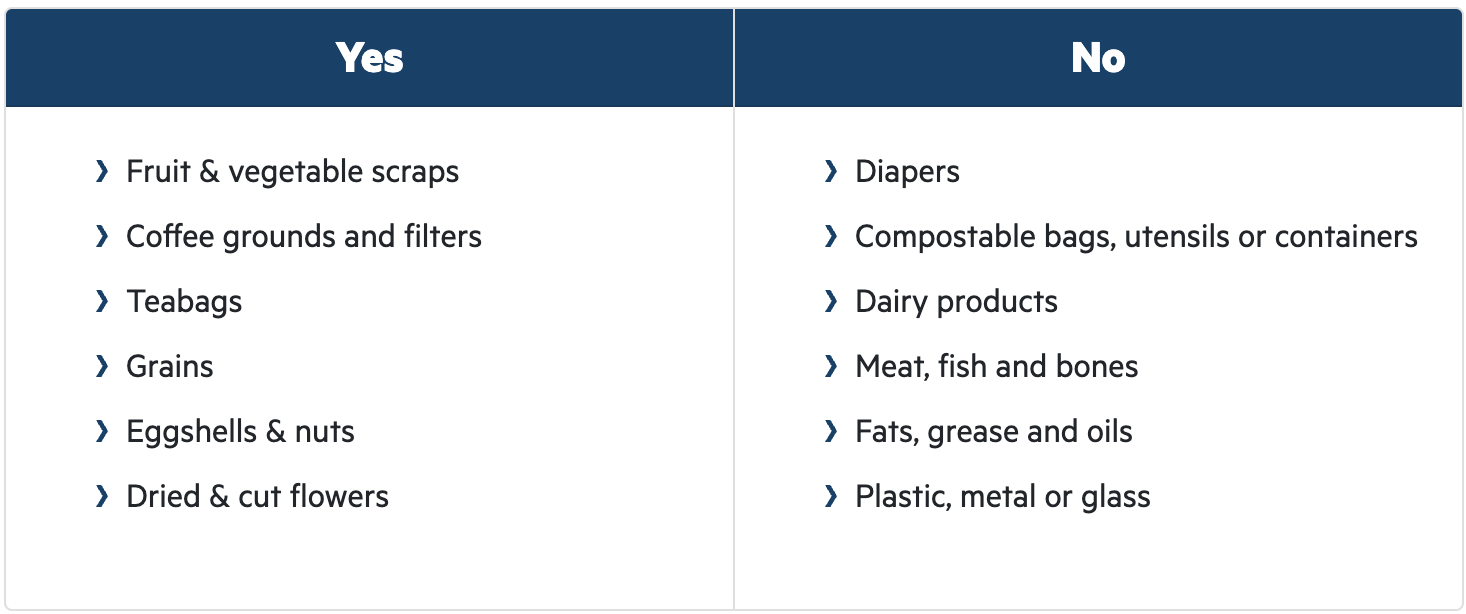The “Dirt” on Soil
The founding father Ben Franklin has a famous quote: An apple a day keeps the doctor away. This saying encourages us to believe that the consumption of healthy food, like apples, generally results in good health.
What if I told you that the apples we eat now are not as beneficial to our health than the apples they ate then?
The nutritional benefit of growing produce begins where you’d intuitively believe it would- in the earth’s foundation, the dirt. When I claim the apples of the 18th century were more nutrient-rich than the apples we have now, they were due to the quality of the soil where they were grown. The dirt lacks the same density of nutrients now than it did back then.
Our planet has become increasingly “anemic”. The air is polluted, the water is laden with harmful chemicals, and the ground we walk upon has become dry, desiccated, and at-risk for desertification. It doesn’t take a scholar of regenerative agriculture or a carbon data scientist to know that humans are the villains of Mother Earth.
Industrial agriculture is also to blame. The use of synthetic pesticides, artificial fertilizers, and the large-scale harvesting of crops and animals is unnatural, to say the least. These models lack the necessary elements of biodiversity to effectively balance our ecosystems. It’s drying everything up.
The US lags behind globally in terms of policy when it comes to environmental conservancy and sustainability practices. If the current farming and ranching systems persist, our planet will eventually not have the capacity to carry this burden. We must start from the ground up and work collectively to enhance and improve soil health, to optimize the management of our resources, and improve nutrient cycling with foods and farms.
There is one way we can contribute as individuals to alleviating this crisis. Every household should actively compost. Composting is the act of recycling organic matter (like potato peels and coffee grounds) into fertilizer. Nature is in a continuous cycle of growth and decomposition, and composting accelerates the process by putting all the right stuff in one place to make it happen. The byproduct of composting is nutrient-rich soil that can be used for gardening, horticulture, and agriculture.
In New York city, the Hudson River Park Trust has compost receptacles set up for collection. Luckily, these bins are pest proof, since the city has a terrible bear 😉 problem. Nationwide, most towns and communities have a compost drop-off location for this purpose.
Tips:
Determine which food items are appropriate for composting (see Yes/No chart below). Separate these materials from the rest of your trash.
Search for local compost drop-off locations and make an active effort to contribute the compost from your household. A great resource for finding out where would be… The Internet.
Accumulate compost in a reusable plastic bag and store it in your freezer while you’re collecting. Keeping the bag in your freezer reduces the “stinky” factor that would happen if the scraps were kept in a bin in your kitchen. It take times to gather the waste.
Encourage your friends and family to do the same.
A guideline for compostable materials.
Choosing to compost waste is a personal act that offers greater benefits to the environment than recycling. Sure, recycling is great in theory but the outcomes are less tangible. Composting generates “black gold” that results in happy homes for seeds that grow into flowers, and flowers that please the bees and spurs the birds.
Poor soil brings forth poor fruits and veggies, feeding into a perpetual cycle of deficiencies. Why impoverish ourselves and our land, when we can make a difference with our own leftovers? Food for thought.
